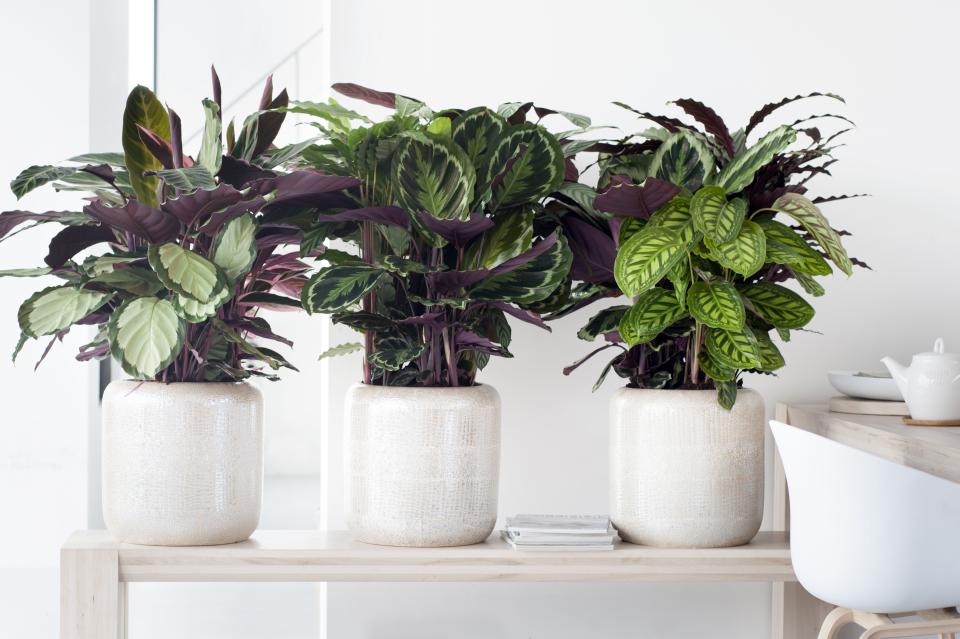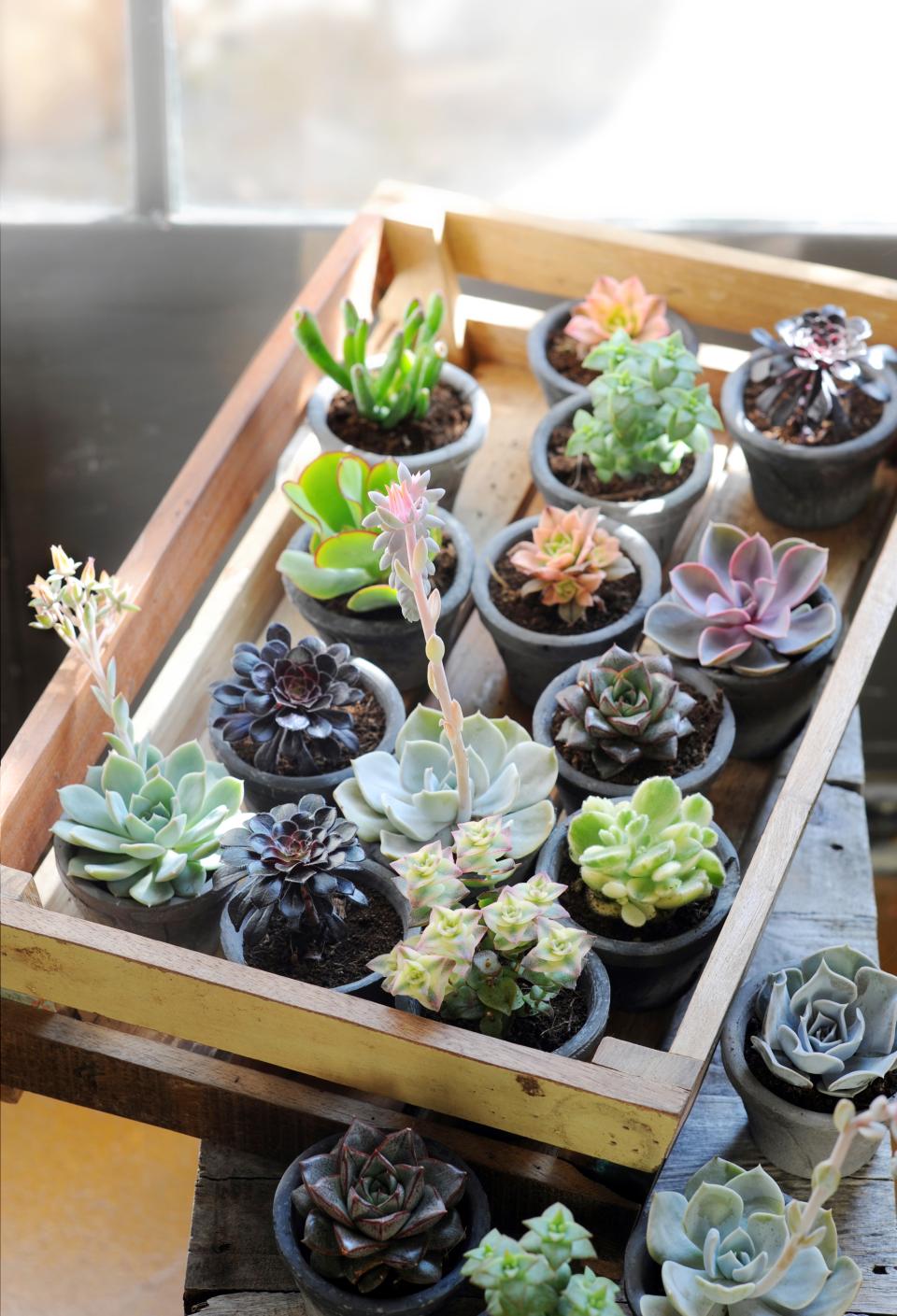
Go organic
Fertilisers are essentially divided into two groups: organic and inorganic. While the former is made from natural sources like plants, animals or naturally occurring rock, the latter contains manufactured ‘chemical’ feeds. Organic feeds are not only better for the environment – they also encourage soil bacteria, which helps to keep soil healthy.
Decoding the label
All fertilisers contain the three minerals essential for healthy plant growth:
- Nitrogen: Stimulates the growth of lush green foliage.
- Phosphorus: Strengthens roots and encourages flowering.
- Potassium: Strengthens stems and helps fight disease.
These elements are always listed on the fertiliser label in the form of a ratio. For instance, 8-12-10 indicates 8% nitrogen, 12% phosphorus and 10% potassium (always in that order). Most fertilisers also contain additional minerals such as magnesium and iron.
Fertilising houseplants
The roots of garden plants can spread through the soil to find nutrients, but pot-grown houseplants are completely reliant upon you for the minerals they need so fertiliser is of the utmost importance.
Houseplants usually require an equal balance of the three minerals, such as 10-10-10 but certain varieties can vary, such as these listed below.
Cacti and succulents
Although cacti and succulents are relatively low-maintenance and can happily survive without feeding, a specialised cactus fertiliser (one that’s low in nitrogen) will encourage growth and flowering.

Foliage plants
Most houseplant fertilisers are rich in nitrogen to keep foliage plants looking lush and green. Choose a nitrogen-rich fertiliser that also contains magnesium to give yellow leaves a pick-me-up. Reduce feeding to once a month in autumn and stop altogether during the winter months.
Flowering plants
Flowering plants should be given houseplant fertiliser every two weeks in spring. Increase this to a weekly feed, with a fertiliser rich in potassium, in the run up to flowering. Tomato fertilisers are ideal for this – but dilute by half the recommended dose as they can be too overpowering for indoor plants.
Ericaceous plants
Also known as lime-hating plants, ericaceous plants are those that need an acidic soil with a low pH, to thrive. Soil that’s too alkaline will result in yellow leaves and can lead to a condition known as lime-induced chlorosis. Ericaceous plants, such as gardenias, ferns and azaleas, should be fed with a specially formulated fertiliser – and don’t need to be fed at all in winter.




